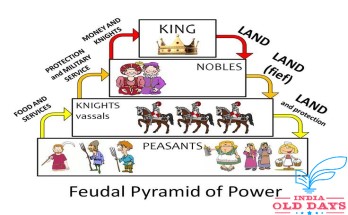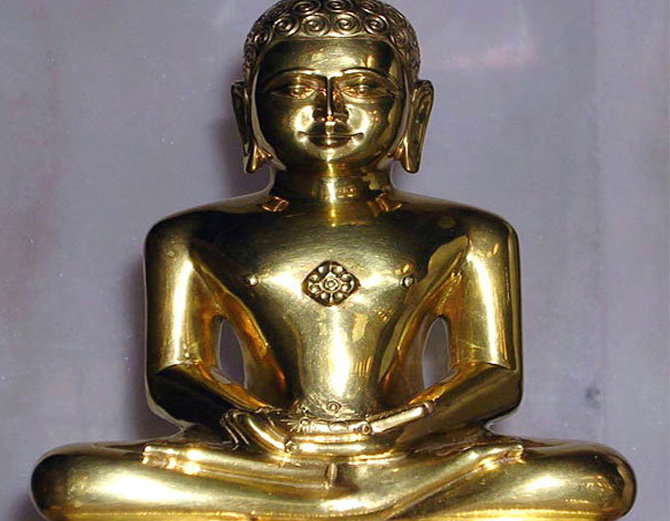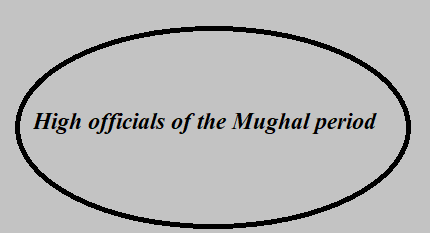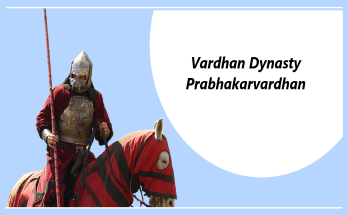Social Life of Harsh Period
Harsh society was based on the Varnashram system. Apart from the traditional four varnas – Brahmin, Kshatriya, Vaishya and Shudra, there were many other castes and tribes in the society. Brahmins had a prominent place in society. Harshcharit reveals that Harsh himself respected him very much.
Huensang also praises Brahmins, and calls them the most pious and revered. According to him, India was also called a Brahmin country due to the good fame of Brahmins. The Brahmins of this period, apart from the mutual business of study, teaching, Yagya-Yajna, had also started doing agriculture and trade. He was also given prestigious positions in administration. The Brahmins of this period were famous by their gotr, pravar, charan or branch. At this time, a lot of land came into the hands of Brahmins, which they had received in grant. Harshacharit reveals that before embarking on a military expedition, Harsh donated 100 villages with 1000 plows to the Brahmins in the central country. This land must have been around ten thousand one hundred.
Thus the Brahmins now became land-rich farmers. The Brahmins claimed birthright superiority, not karmana. It is said at one place in Harshacharit, that only those who are Brahmins by birth, but whose intellect is devoid of rites, are also worthy of respect.
The second section of the society belonged to the Kshatriyas, but it is difficult to say about their actual condition. Huanseang calls them a caste of kings. But most of the rulers in the Harsh period were of Kshatriyot caste. Harsh himself belonged to the Vaishya caste. The ruler of Kamrup was a Brahmin and the ruler of Sindh was a Shudr. Balabhi and Chaluky rulers were Kshatriyas. The Kshatriyas used to write Varma, Trata at the end of their names.
The titles of Balabhi kings were Sen, Bhatt etc. The Kshatriyas respected the Brahmins greatly.
Vaishya was third in the varna system. They mainly traded and traveled to nearby and remote countries for profit. Earlier they also used to do agricultural work. But later he gave up agriculture and became a full-fledged businessman.
Many scholars consider the influence of Buddhism behind this. Since most of the Vaishyas were Buddhists, they must have followed the principle of non-violence. They did not want to do any kind of violence by doing agriculture. Panchatantra which is 5th.-6th. It is considered to be the best work in commerce.
Buddhists have also described it as a respected profession. After Brahmins, Vaishyas had an important place in society, as they were regulators of economic activities. He also gained some political power on the strength of his economic prosperity. Vaishyas were also given some important positions in administration. He wore titles like Gupt and Dutt.
Condition of women
The Shudra were fourth in the social order. Huensang called the Shudras as cultivators. It seems that after the Vaishyas gave up agricultural work, the Shudras took possession of it. He also gained some political power. As was the Shudra king of Sindh and he had faith in Buddhism. The king of Manipur is also described as a Shudra. This shows that there was some improvement in the condition of the Shudras. A large part of the population was considered untouchable. Huanseang counts the names of butchers, fishermen, executioners, bhangis, etc., who were untouchables. They used to live outside the cities and villages and used to inform them about their arrival by beating them so that people could avoid their touch. In Kadambari, Chandal women is addressed as a touch less and sighted fruit.
We get information about the status of women, it cannot be called good Based on that. Consanguineous marriages were the only accepted, but in practice there were inter-caste marriages as well. Harsh’s sister Rajyashree, who was a Vaishya, was married in the Maukharivansh (Kshatriya) of Kannauj. Balbhi Naresh Dhruva Bhatt, who was a Kshatriya, was married to Harsh’s daughter.
Both anulom and pratilom were the practice of marriages. In the first, a girl from a lower varna was married to a higher class person. And in the second, a high-class girl was married to a lower class person. There were no remarriages, and the practice of satipratha. Harshacharit reveals that Yashomati, Harsh’s mother, had become Sati. Rajyashree was also going to burn in the pyre, but Harsh saved her. People from noble families had many wives. Child marriage was prevalent. From this it appears that the girls could not get adequate education. Only girls of noble family were educated.
Types of Hindu marriages and their customs.
People were fond of dancing and singing. On the occasion of birth, marriage, all the people of the society danced and sang freely. At times, these performances used to be quite vulgar.
Huensang also mentions the food and clothes of the happy Indians. People used to eat both vegetarian and non-vegetarian food. According to Hunsang, the meat and fishes of sheep and deer were eaten. On the occasion of Shraddh, non-vegetarian food was made to please the fathers, and the Brahmins used to offer animal sacrifices in yagyas. Vaishyas often avoided meat. Wheat and rice were used in large quantities. Variety of fruits etc. were also used in abundance. Some people also used to drink alcohol. Generally, Indians loved white clothes. Both men and women wore jewelry. Fine pieces of cotton, silk, wool were prepared in different parts of the country. The cloak called chinanshuk was quite prevalent among the people of the elite society. Necklaces, crowns, rings, bracelets etc. were the main ornaments.
Reference : https://www.indiaolddays.com





